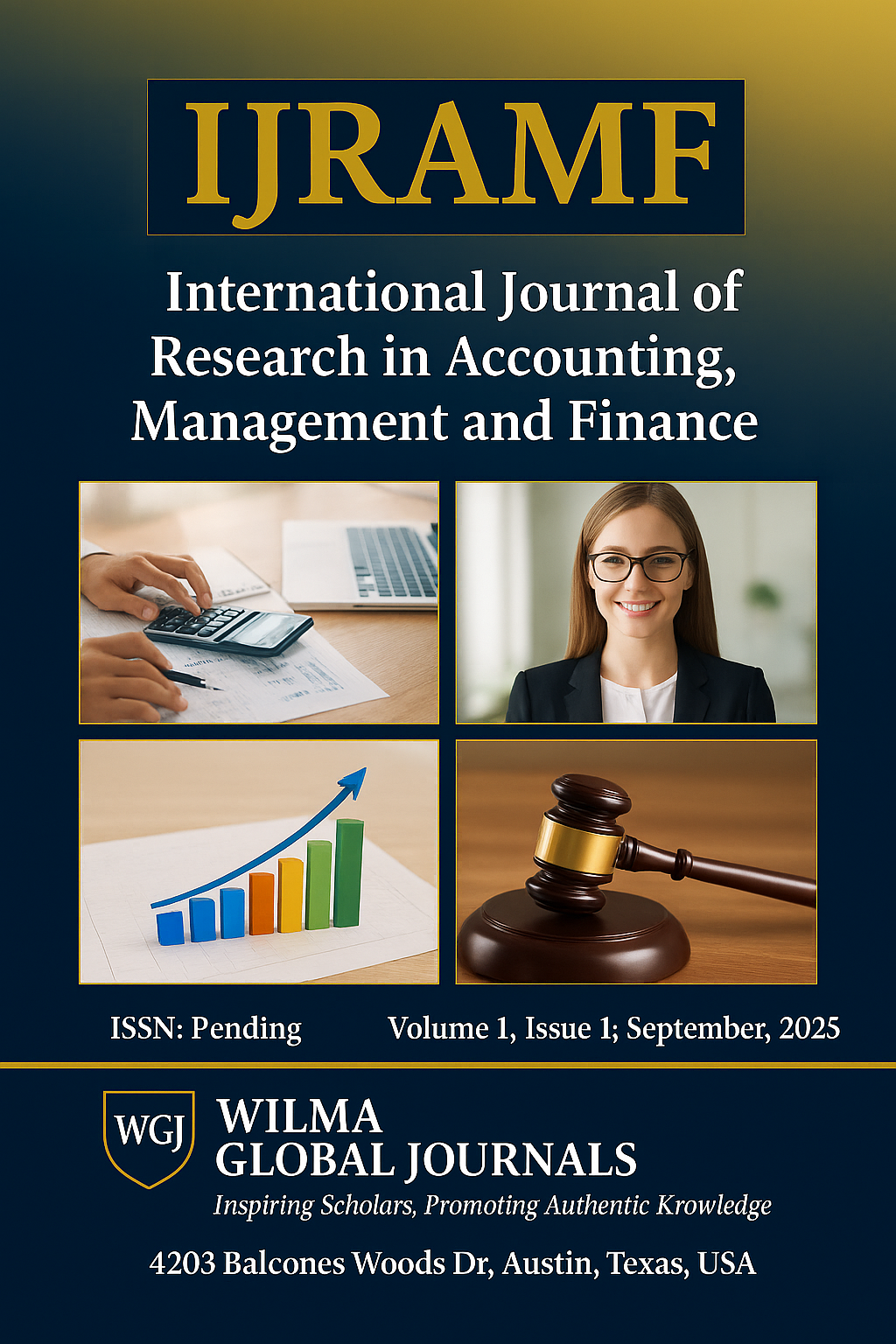ASSESSING THE IMPACT OF MICROFINANCE ON THE FINANCIAL WELL-BEING OF BORROWERS IN RURAL COMMUNITIES OF STA. ANA, PAMPANGA
Keywords:
Financial well-being, Borrowing, Microfinance, Borrowers’ PerceptionAbstract
This research investigated the impact of microfinance on the financial well-being of borrowers residing in the rural communities of Sta. Ana, Pampanga. Particular attention was given to examining how borrowers perceive microfinance policies and practices, and how these perceptions shape their financial outcomes. A quantitative research approach was adopted, utilizing a descriptive–correlational design to assess the relationship between microfinance participation and borrowers’ financial well-being among 248 respondents. Participants were selected through stratified random sampling combined with convenience sampling techniques. To analyze the data, statistical tools such as frequency and percentage distribution, Likert scale evaluation, and regression analysis were employed, with a data matrix used to systematically present the findings. Results revealed that demographic characteristics—such as age, source of livelihood, monthly income, and borrowing frequency—along with borrowers’ perceptions of microfinance policies and practices, significantly influence their utilization of microfinance services. The findings led to the rejection of the null hypothesis, confirming substantial associations between the studied variables. The study recommends strengthening microfinance policies, enhancing operational practices, and emphasizing the role of borrowers’ perceptions in shaping effective microfinance interventions.


